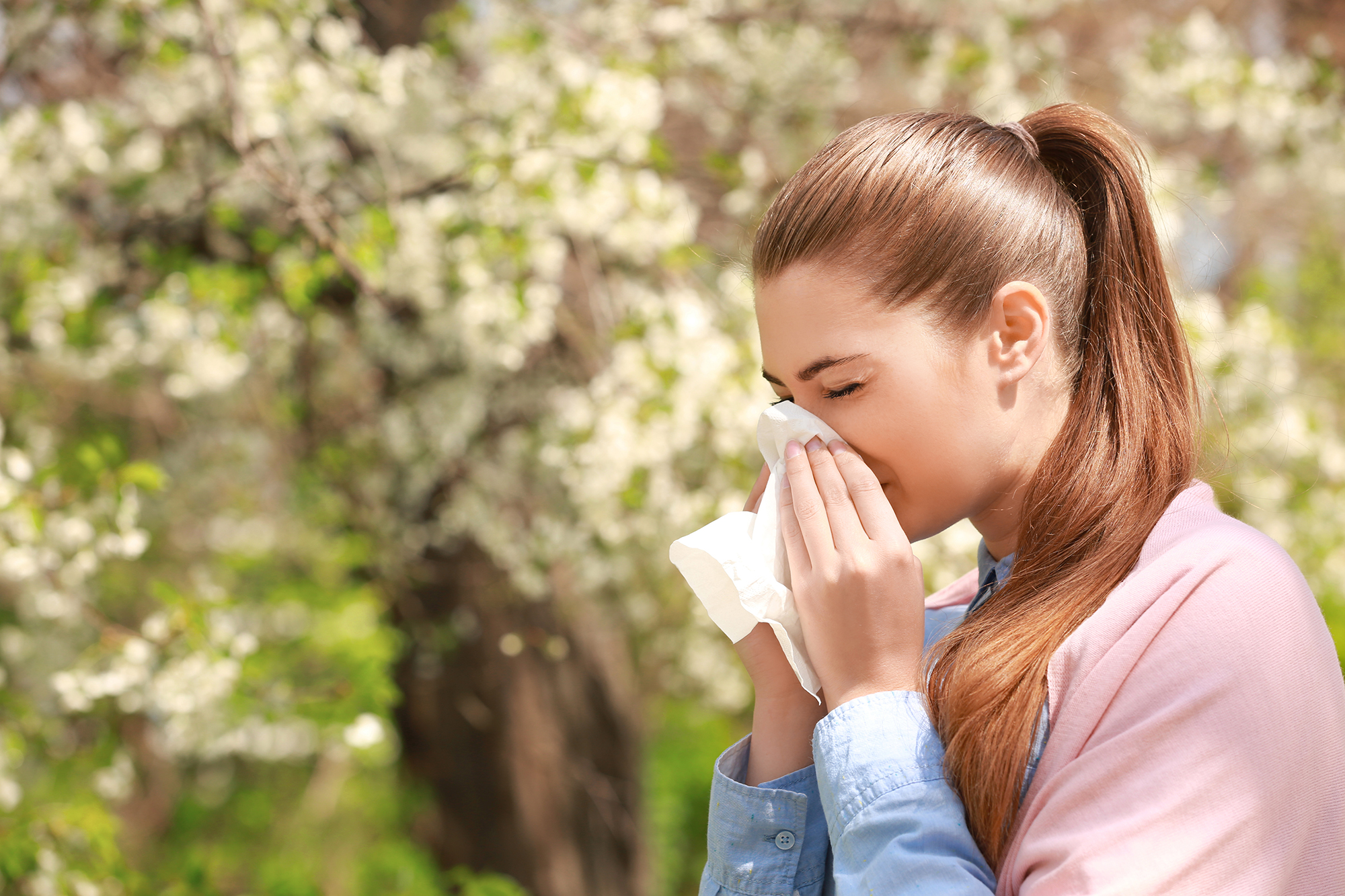Spring’s arrival marks a magical time of year when everything feels new and fresh — including your seasonal allergies. Allergies can range from minor to severe and can often create havoc in your life. Stuffy nose, itchy eyes and trouble breathing are all uncomfortable allergy symptoms.
While seasonal allergies aren’t usually life threatening, they can put a serious hamper on your day. To add insult to injury, if you are in the Texas Panhandle, the risk of more severe symptoms may be heightened due to Panhandle winds.
Luckily, there are plenty of ways to control symptoms that allow you to continue living life during allergy season.
Getting Through Spring Allergy Season in the Texas Panhandle
Pollen is one of the main spring allergens. It can travel via insects and wind. In the Texas Panhandle, winds are the biggest factor to consider. Compared to the US average, the winds in this area travel 4–5 miles faster per hour, thanks to the flat terrain.

Spring allergies begin in March and are generally worse through the month of April — which is also when Panhandle winds are most ferocious. During these months, the winds disperse pollen at a faster rate.
Spring Seasonal Allergy Symptoms
Pollen is released from an array of grasses, trees and weeds throughout the spring season. The pollen is mistakenly viewed by the immune system as an attacker. The body then releases histamines to attack the pollen, causing various symptoms. The most common allergy symptoms include:
- Itchy nose, eyes and throat
- Ear itching
- Nasal congestion
- Sneezing
- Hoarseness
- Watery eyes
It is also possible to experience the following:
- Coughing
- Sinus pressure
- Reduced sense of smell
- Fatigue
- Postnasal drip
- Sleep apnea
- Headaches
- Snoring
- Asthma
Anyone can experience spring seasonal allergies. They usually begin either in childhood or the early adult years. For some, the symptoms lessen as they get older, but this is not always the case.
Common Treatments and Remedies
There are both medical and natural remedies that might reduce the symptoms of spring allergies. It is best to talk to your doctor to develop a treatment plan. The following are common medical treatments:
- Antihistamines reduce histamine levels in the body to alleviate symptoms, such as sneezing, itching and sniffling.
- Decongestants work to relieve swelling and congestion by shrinking the nasal passageway blood vessels. There are oral and nasal spray options.
- Combination decongestant and antihistamine drugs tackle both issues to decrease more symptoms than using just one of these medications alone.
- Steroid nasal sprays work by reducing the inflammation associated with seasonal allergies. There are over-the-counter and prescription options.
- Eye drops can help relieve watery and itchy eyes.
Some allergy sufferers find relief in natural treatments. Nasal irrigation is a common choice, and it involves the use of a Neti pot. You simply irrigate your nasal passages using sterile or distilled water to open the sinus passages and clear out the mucus. Some sufferers also find relief with the use of herbs such as quercetin and stinging nettle, but be sure to tell your physician if you are taking any herbs or supplements.
Luckily, spring allergies do not need to dominate your day. Understanding the causes of allergies and recognizing symptoms can help you make the best choice when it comes to treatment options.

